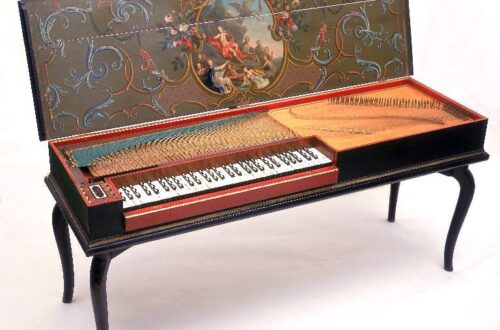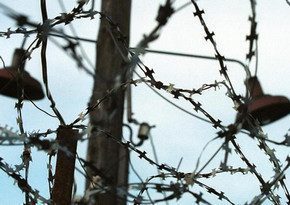What steps are chords built on – solfeggio tables
So as not to painfully remember every time, What steps are chords built on?, keep cheat sheets in your notebook. Solfeggio tables, by the way, they can be used with the same success on harmony; you can print them out and paste them or copy them into your music notebook for the subject.
It is very convenient to use such tablets when compiling or deciphering any numbers and sequences. It’s also cool to have such a hint on harmony, when a stupor sets in and you can’t find a suitable chord for harmonization, everything is right there before your eyes – something will definitely do.
I decided to make solfeggio tables in two versions – one more complete (for students of schools, colleges and universities), the other simpler (for schoolchildren). Choose the one that suits you.
So, option one…
Solfege tables for school
I hope everything is clear. Don’t forget that in the harmonic minor the 7th degree rises. Take this into account when composing dominant chords. And here is the second option…
Solfege tables for college
We see that there are only three columns: in the first, the most elementary – the main triads and their inversions on the scale degrees; in the second – the main seventh chords – it is clearly visible, for example, on what steps the double dominant chords are built; the third section contains all sorts of other chords.
A few important notes. Do you remember, yes, that the chords in major and minor are slightly different? Therefore, do not forget, when necessary, to raise the seventh degree in harmonic minor, or lower the sixth in harmonic major, in order to obtain, for example, a reduced opening seventh chord.
Remember that a double dominant is always associated with an increase in stage IV? Great! I think you know and remember. I did not put all these little things in the column with steps.
A little more about other chords
Perhaps I forgot to include one more type here – a double dominant in the form of a triad and a sixth chord, which can also be used for harmonization and composing sequences. Well, add it yourself if necessary – no problem. Still, we don’t use double dominant chords in the middle of the construction so often, and it’s better to use seventh chords before the cadence.
Sextacord II degree – II6 is often used, especially in pre-cadence formations, and in this sixth chord you can double the third tone (bass).
Seventh degree seventh chord – VII6 used in two cases: 1) to harmonize the passing turnover T VII6 T6 up and down; 2) to harmonize the melody when it goes up the steps VI, VII, I in the form of a revolution S VII6 T. This sixth chord doubles the bass (third tone). Do you remember, yes, that the bass is not usually doubled in sixth chords? Here are two chords for you (II6 and VII6), in which doubling the bass is possible and even necessary. Doubling the bass is also necessary in tonic sixth chords when opening seventh chords are allowed in them.
Triad of the third stage – III53 is used to harmonize the VII step in a melody, but only if it does not go up to the first step, but down to the sixth. This happens, for example, in Phrygian phrases. Sometimes, however, they also use a passing revolution with a third stage – III D43 T.
Dominant nonchord (D9) and dominant with sixth (D6) – amazingly beautiful consonances, you probably know everything about them. In a dominant with a sixth, a sixth is taken instead of a fifth. In a non-chord, for the sake of a nona, a fifth tone is skipped in four parts.
Triad of the VI degree – often used in interrupted revolutions after D7. When allowing the dominant seventh chord into it, the third must be doubled.
All! How cruel is your fate, because now you will no longer suffer, remembering on what steps chords are built. Now you have solfeggio tables. Like this!))))




